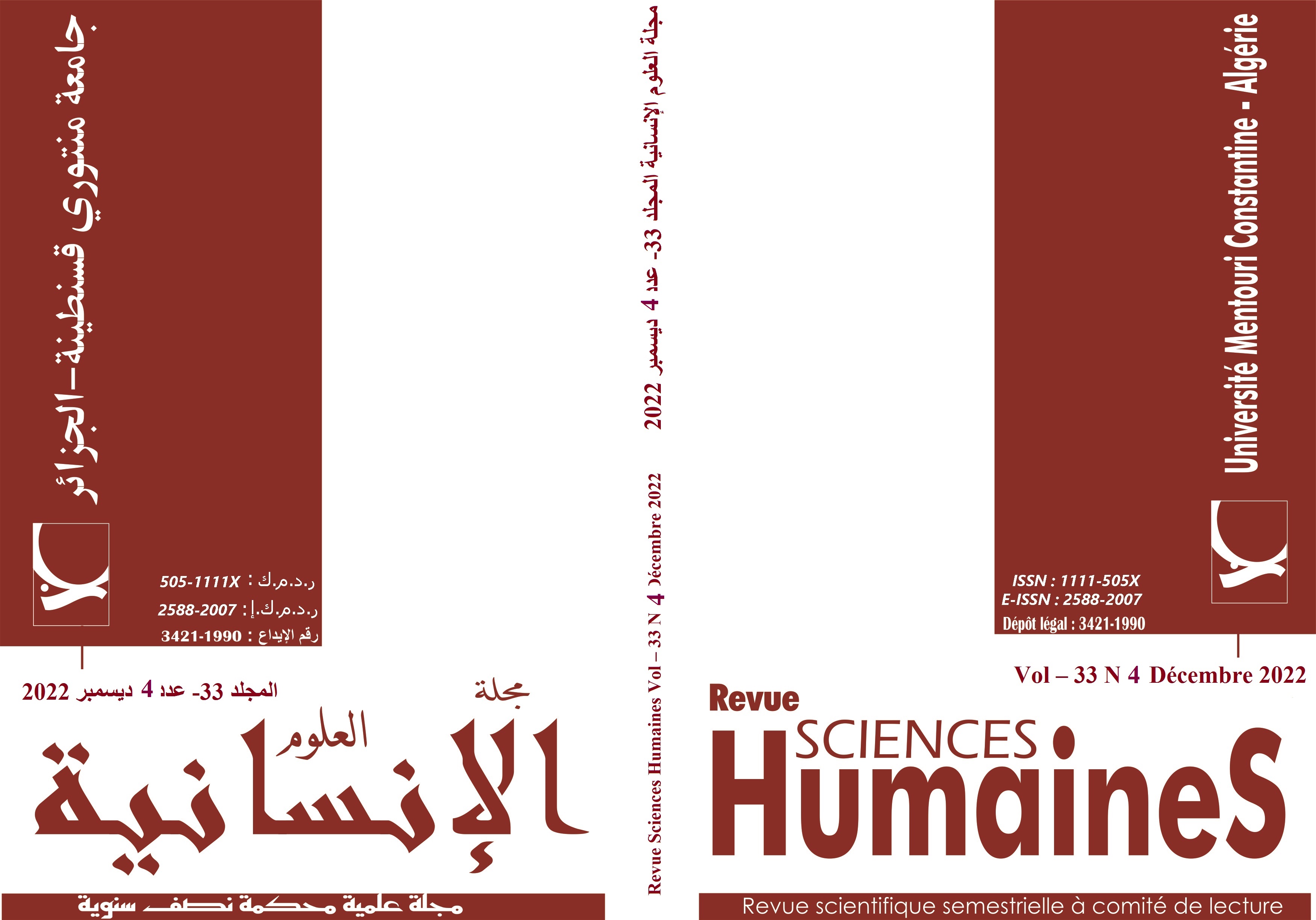To each his own Scheherazade: myth, discourse and poetics
Keywords:
Myth, Orientalism, Scheherazade, Social representations, Feminism, Feminine imagination, Discourse, PoeticsAbstract
Having become a myth, Scheherazade, whose name still resonates in our memories, is the emblematic figure of an oriental universe, symbol of a world dominated by men, representing the beautiful and adored but weak and rebellious woman, often fantasized and parodied. But what do we really know about this much desired woman, having the secret of seduction, speech and the art of storytelling? The one that gave birth to the most surprising imagery of the Eastern world. Why do we still read The Thousand and One Nights? How do we capture this feminine image? What feminine and/or feminist imagination can she draw implicitly in literature? What are its social representations? How do some refuse to be part of his lineage while others claim this filiation? This study poses the problem of the mythification and demystification of the image of an oriental woman who has become a myth through a sociopoetic approach in literary texts accounts for the functioning of a female imagination and its variations, of a discourse of Scheherazade.
Downloads
References
• CHEBEL, Malek (1996), La féminisation du monde. Essai sur Les Mille et une nuits, Payot, Suisse.
• CHEBEL, Malek (2003), L’esprit de sérail. Mythes et pratiques sexuels au Maghreb, Payot & Rivages, Suisse.
• DJEBBAR, Assia. (2006) Ombre sultane, Albin Michel, Paris. (Paru en 1987).
• GAUTIER, Théophile (2011), La Mille et deuxième nuits. Omnibus. (Intégrale des nouvelles. Édition établie par Claude Aziza).
• GHAZALI, Ghazali (2001), Les Amants de Shahrazade. Marsa, Alger.
• HADDAD, Joumana (2010), J’ai tué Schéhrazed. Confession d’une femme arabe en colère. Actes Sud. Sindbad. Traduit de l’anglais par Anne-Laure Tissut.
• KACHACHI, Inaam (2003). Paroles d’Irakiennes. Le drame irakien écrit par les femmes. Le
serpent à plume.
• Les Milles et une nuit (1965), Flammarion, Paris. Traduit par Antoine GALLAND.
•MONTANDON, Alain. CELIS. « Sociopoétique », Sociopoétique, Mythes, contes et sociopoétique mis en ligne le 13/10/2016, URL : http://sociopoetiques.univ-bpclermont.fr/mythes-contes-et sociopoetique/sociopoetiques/sociopoetique. Page consultée 16 mars 2019.
• MERNISSI, Fatima (1996), Rêves de femmes : une enfance au harem. Albin Michel, Paris. Traduit de l’anglais par Claudine Richetin.
• NERVAL, Gérard de (1980), Voyage en Orient II tomes, Flammarion, Paris.
• ROLLANDO, Dominique (Juillet-août, 2008), « Beauvoir aujourd’hui » in Femmes dans le monde. Le français dans le monde N° 358 pp. 46-47.
• SAID, Edward (2006), L’Orientalisme : l’Orient crée par l’Occident, Seuil, Paris, Coll. « La Couleur des Idées ». Texte original : Orientalism, 1978. Traduit de l’américain par Catherine Malamoud. 1980 pour la première édition française.
• ZWARI, Fawzia (1996), Pour en finir avec Sherazed. Cérès, Tunis, Coll. « Enjeux ».
Downloads
Published
Issue
Section
License
Copyright (c) 2023 Human Sciences Journal

This work is licensed under a Creative Commons Attribution-NonCommercial-NoDerivatives 4.0 International License.












